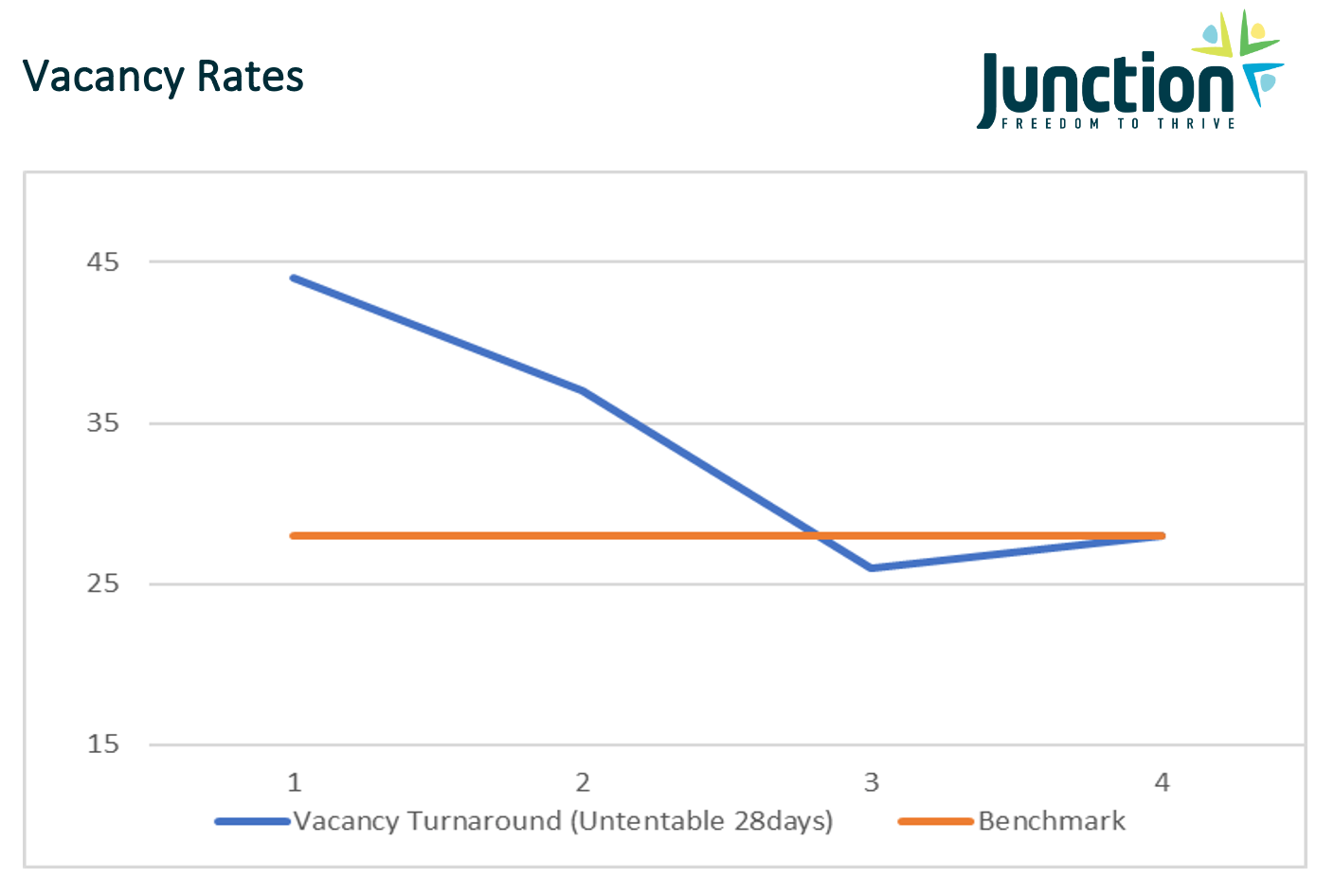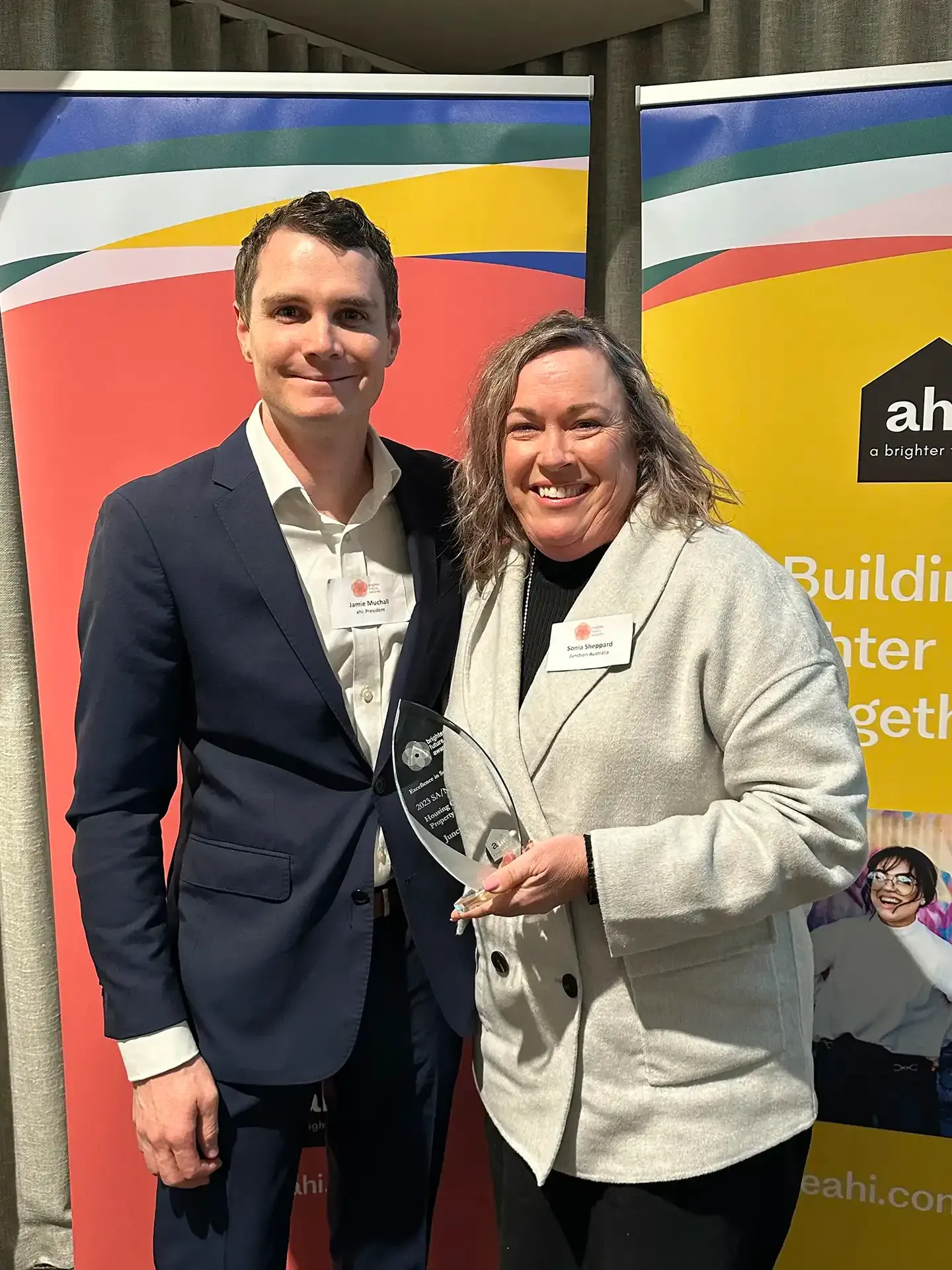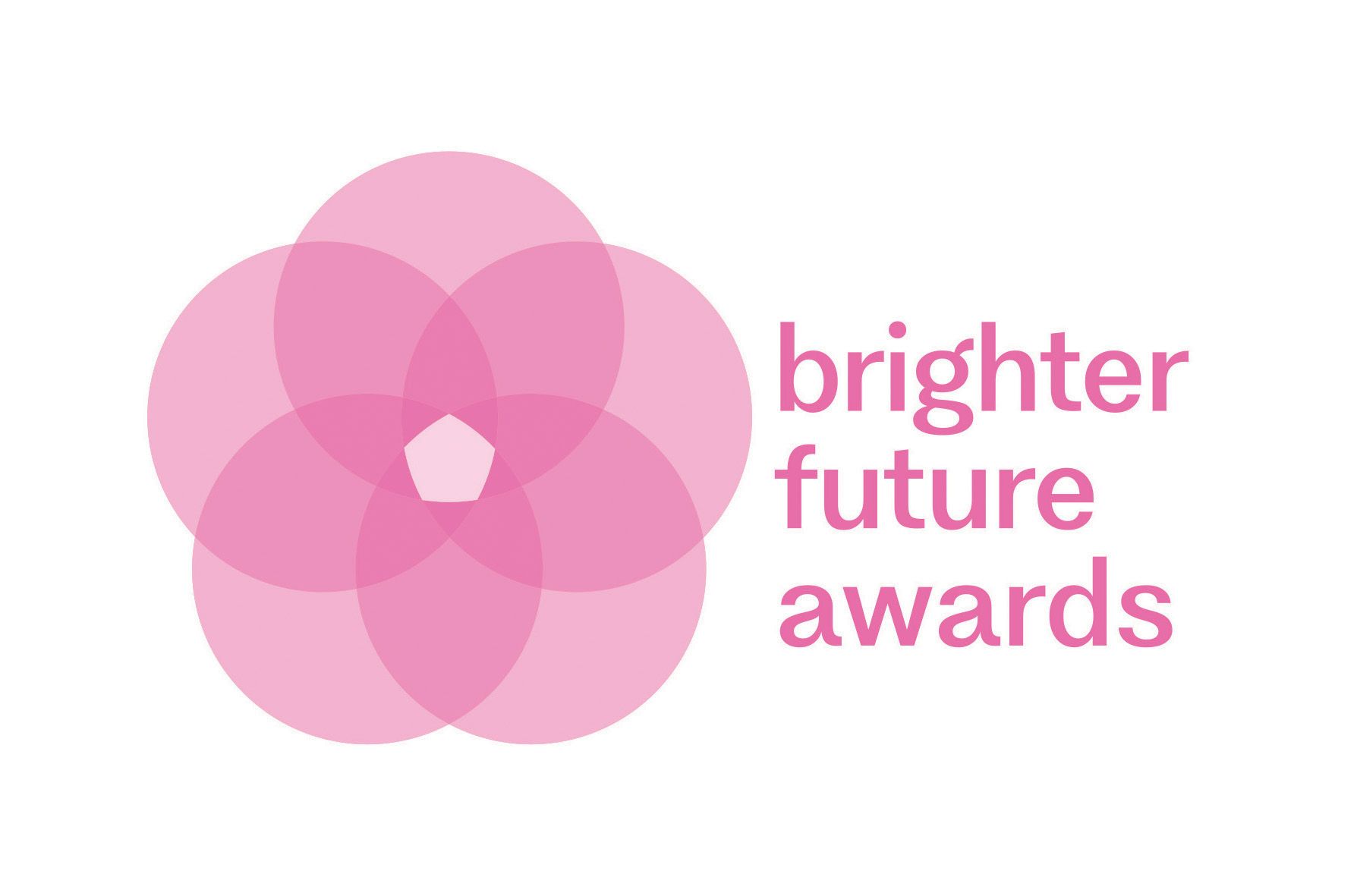JUNCTION AUSTRALIA: ahi: Excellence in Social Housing SA/NT
James Clough and Sonia Sheppard from Junction Australia talk to HousingWORKS about the factors behind their Excellence in Social Housing success in the 2023 SA/NT ahi: Brighter Future Awards.
Established in 1979, Junction Australia provides secure and stable housing for around 4,500 people in 33 local government areas across South Australia. As well as their social housing program, the organisation provides affordable housing options for home buyers.
Rapid growth in Junction’s property portfolio highlighted a number of areas where the organisation’s existing processes and procedures had not kept pace. Some of the challenges, says James Clough, Executive Manager Property Services at Junction Australia, “included inefficient maintenance coordination, unclear allocation of responsibilities in roles and a lack of detailed reporting”. These challenges made preparing properties for new tenants more difficult than it should be.
Not only was this bad for Junction financially, but their processes were causing unnecessary headaches for contractors, stakeholders and tenants alike. “The vacancy process previously utilised by Junction was not meeting the standards expected of a Tier 1 provider,” said James bluntly in the submission he provided the ahi: Brighter Future Awards judges.

"An important factor in their award win was their focus on cross-department collaboration."
Having one of the highest vacancy numbers for a CHP nationally at the time, Junction drew the proverbial line in the sand. It was time to make major changes to their vacancy process, and time to break from the ‘traditional’ way of doing things. A key part of the review, as well as an important factor in their award win, was their focus on cross-department collaboration.
“This particular vacancy process review has probably taken us about four years to get it to where it was before the award,” explains Sonia Sheppard, Executive Manager Housing & Community Services at Junction Australia. “When we reviewed all our processes, we had some working groups together and we had some key representatives from our maintenance and tenancy teams involved.”
"By getting really clear on our processes and our workflows, it gave us the opportunity to be clear with the staff around 'this is what
you're responsible for’."
Having worked extensively in public and social and affordable housing, Sonia is familiar with the competing priorities of maintenance and tenancy. Bringing them together was crucial to the success of their process improvements.
“Maintenance and tenancy traditionally don't get along,” she laughs. “They focus on their specific part of the business. But by getting really clear on our processes and our workflows, it gave us the opportunity to be clear with the staff around 'this is what you're responsible for’. It meant that everyone was clear on why we were bringing this together, and for everyone to have a part to play in it. We definitely didn't come out and say, ‘This is how it's going to be…’ We took them on the journey with us instead.”
The changes brought about by the review included the introduction of specialist roles, the creation of a more effective meeting and communications structure, system improvements, more detailed and informative reporting, and better internal and external stakeholder engagement.
In describing Junction’s more streamlined approach to getting new tenants into a property, Sonia says, “A tenant puts in notice—they give us their vacancy date—and that starts the ball rolling. The maintenance team is notified of that vacancy, and then they lock in a property officer to go and do an outgoing inspection. Prior to that, my team does a pre-vacancy inspection, and then the property officer goes out and does the outgoing inspection.”
“Once that's completed, that's shared back in the office,” she continues. “And whether it's painters, cleaners, electricians or plumbers, we get purchase orders out to contractors across a two-week period for them to do their work, and then we can end the tenancy. And then really there's that two-week period of contractors where they’re given purchase orders to do their work. So, two weeks from when all the outgoings have been done, the ingoing inspection is booked and locked in for, again, a property officer to go out and do the ingoing inspection.”
"We didn't have the maintenance team talking to the tenancy team or the allocations team. No one was talking to anyone.”

“My team—the tenancy team—is notified when that ingoing inspection's going to happen,” Sonia says, “and our allocations team starts on selecting someone to have a look at that property once it’s ready to be inspected. Generally, 99 percent of the time, most people say yes, and then from there, within a week, we can sign someone up to move into the property. That sounds really simple, but prior to that, we didn't have the maintenance team talking to the tenancy team or the allocations team. No one was talking to anyone.”
As James further clarifies, “What you don't want to happen is to finish the maintenance and then say, ‘Oh, by the way, we've finished our maintenance, here you go, find someone’ because they could have spent the last two weeks figuring that out already. We weren't getting the overlap of information where there's actually time for the allocations team during that whole vacancy process––for them to be identifying and working out who the next tenant is––so the whole communication piece is really important as we go through that journey.”
"If a vacancy took a long time, that was everybody's problem—it wasn't just somebody who didn't do their part."
James and Sonia are adamant the cultural shift away from silos is delivering more customer-focused processes that have been fundamental to their success.
“We got involved in the weekly operational meetings to demonstrate what we were trying to achieve collectively,” adds James. “That if a vacancy took a long time, that was everybody's problem—it wasn't just somebody who didn't do their part. It was the fact that the whole vacancy process took 40 days when it should have taken 20 due to a breakdown somewhere. That was on everybody, and everybody had to buy into that as a collective to make sure we're turning these around [faster] and all working together.”
"We knew that if we were fighting about it, it would never work. So, getting us two on the same page and then demonstrating that to the team, got that on the right track."
“And so, Sonia and I role-modelled that by going to those weekly meetings and making sure we were demonstrating how they needed to work. We knew that if we were fighting about it, it would never work. So, getting us two on the same page and then demonstrating that to the team, got that on the right track to start with. We got the buy-in from the rest of the group to the point where now we don't go to meetings anymore. It runs itself, which is great.”
“Showing that it was a 'one team' approach, and it wasn't about people's certain area was a big part of it,” he continues, “that if the vacancy failed or it took too long, then that was everybody's issue, and we had to look at that as a team. It was a change in culture around how we were thinking and looking at that.”
“At the end of the day, we want to be able to turn our properties around,” Sonia concludes. “We've got KPIs that we have to meet, but we want to get people into our homes, so that was the real standout for me and why it was an award-worthy initiative, because I think some of the feedback or comments we got [from outside of Junction] were 'How do you get your maintenance people to talk to your tenancy people and vice-versa. How did you do that? How did you achieve that?' That's why it's award-worthy.”
Got something award-worthy? For nominations and details about the ahi: Brighter Future Awards 2025, visit
https://www.theahi.com.au/brighter-future-awards
Other articles you may like

We acknowledge the Wathaurong, Yuin, Gulidjan, and Whadjuk people as the traditional owners of the land where our team work flexibly from their homes and office spaces. Ahi Australia recognises Aboriginal and Torres Strait Islander peoples as the first inhabitants of Australia and the traditional custodians of the lands where we live, learn and work. Ahi New Zealand acknowledges Māori as tangata whenua and Treaty of Waitangi partners in Aotearoa New Zealand.
Copyright © 2023 Australasian Housing Institute
site by mulcahymarketing.com.au



